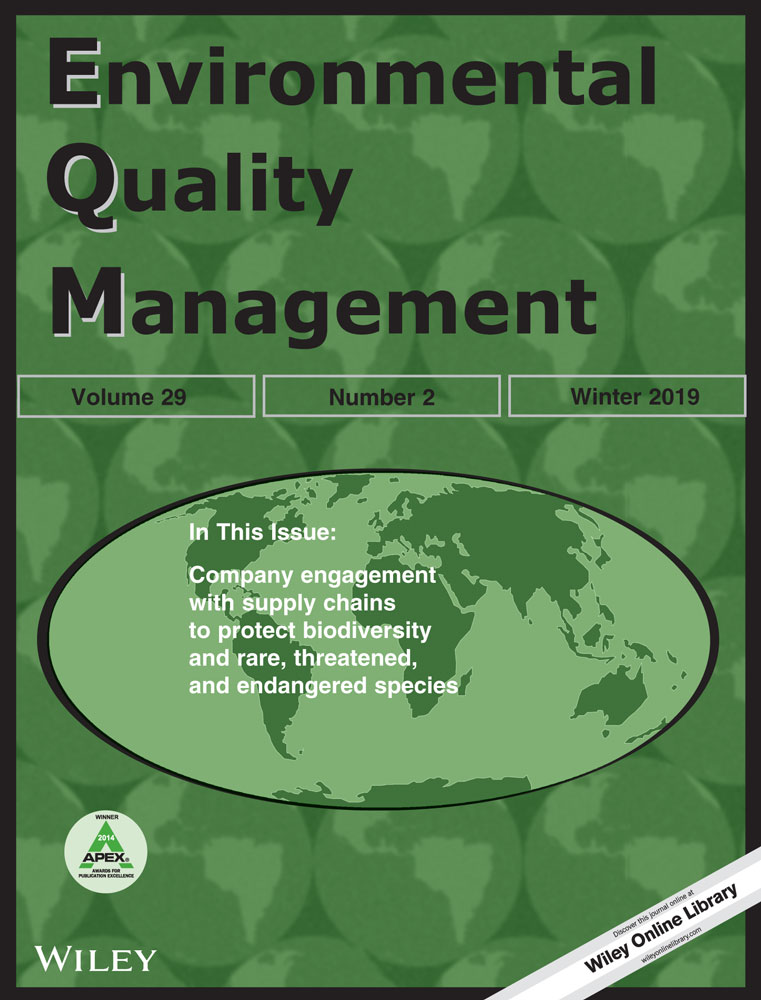Use of organic coagulant/flocculant for treatment of effluents generated in intensive rearing of swine
Abstract
Separation of water for reuse is essential in an effluent treatment system, especially in activities with high water consumption, such as a pig production system. The objective of this work was to evaluate the efficiency of Tanfloc SG® coagulant tannin/organic flocculant used to treat effluent generated during the intensive rearing of swine. For the evaluation, laboratory and in situ tests (field test) were performed. The laboratory tests were performed to define the concentration (1 and 16%), dosage (0, 0.1, 0.2, 0.3, 0.4, 0.5, 1.0, 2.0, 4.0, 8.0, and 16.0 milliliters of the solution), and time (24, 48, 72, and 96 hours) of coagulation/flocculation treatment of the solid portion of the effluent. The parameters pH, turbidity, oxidation reduction potential, dissolved oxygen, and electroconductivity (in microsiemens per centimeter) were evaluated using a multiparameter probe and the parameters ammonia (NH3), nitrate (NO3), and nitrite (NO2) in the laboratory, in relation to the coagulation/flocculation time of the solid part of the effluent. The use of tannin as a coagulant/flocculant of plant origin in the treatment of swine effluents was effective in reducing turbidity and concentrations of ammonia, nitrite, and nitrate, and it allowed separation of the solid–liquid phase in approximately 68% as liquid phase.




